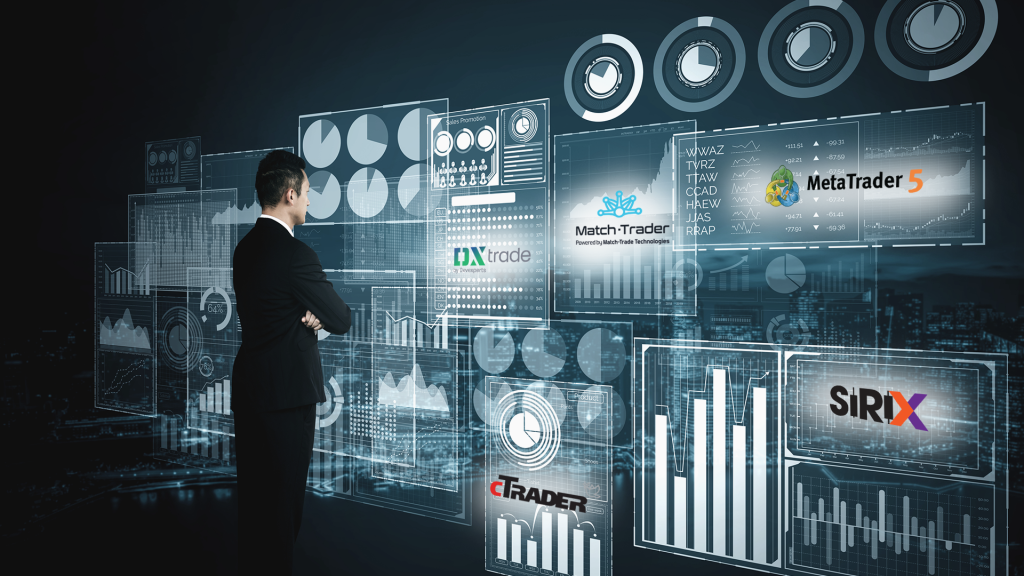
In an increasingly interconnected financial world, traders are no longer bound by geographic or asset limitations. The rise of multi-asset Contract for Difference (CFD) trading is reshaping how investors in the UAE access and engage with global markets.
From commodities and currencies to stocks and indices, traders are empowered with tools that offer both flexibility and precision. As financial literacy grows and technology advances, the UAE is quickly positioning itself as a gateway for savvy traders looking to diversify across asset classes with ease and efficiency.
Understanding CFD Trading
CFD trading allows investors to speculate on the price movement of various financial instruments without actually owning the underlying assets. This means you can profit from both rising and falling markets, provided your market predictions are correct. Instead of purchasing shares, commodities, or currencies directly, you enter into a contract that mirrors the price movement of the asset.
One of the primary advantages of CFD trading is the use of leverage. With a relatively small amount of capital, traders can control a larger position, potentially magnifying profits. However, this also introduces greater risk, making risk management essential. Unlike traditional investing, CFDs provide more flexibility, lower capital requirements, and instant access to a broader range of markets—all from a single trading platform. Check out ADSS for more information.
The Rise of Multi-Asset Platforms
Multi-asset CFD trading platforms have transformed how individuals interact with global markets. These platforms allow traders to switch effortlessly between forex, commodities, indices, equities, and even cryptocurrencies—often in real time and on the same dashboard. The integration of diverse asset classes means traders no longer need to manage multiple accounts across various brokers or platforms.
Advancements in trading software and real-time data feeds have made this possible. Traders can now use sophisticated analytics, custom charting tools, and economic calendars within a unified interface, significantly improving decision-making speed and accuracy. This holistic approach enables more efficient strategy deployment, particularly for those who use sector rotation, macroeconomic trends, or global event-driven analysis.
Why the UAE Is Becoming a Hub for CFD Trading
The UAE has emerged as one of the most promising jurisdictions for CFD trading, underpinned by strong regulatory bodies such as the Securities and Commodities Authority (SCA), Dubai Financial Services Authority (DFSA), and the Abu Dhabi Global Market (ADGM). These authorities enforce robust compliance standards, ensuring transparency, investor protection, and ethical conduct in trading activities.
In addition to regulatory clarity, the UAE boasts a rapidly diversifying economy and a tech-savvy population increasingly interested in alternative investment avenues. The region’s strategic location allows real-time access to Asian, European, and American markets, offering a time-zone advantage that appeals to active traders.
Benefits of Multi-Asset CFD Trading for UAE Investors
Multi-asset CFD trading offers a compelling blend of diversification, agility, and opportunity. Investors can spread their capital across different asset classes, reducing portfolio risk while maintaining exposure to global economic trends. This is particularly useful during periods of market uncertainty when one asset class may outperform another.
Another key advantage is the ability to trade in both bullish and bearish conditions. By taking long or short positions, traders can potentially profit in any market direction. The availability of 24-hour trading, especially in forex and cryptocurrencies, also aligns with the preferences of modern investors who demand flexibility and immediacy.
Popular Assets Traded via CFDs in the UAE
The multi-asset nature of modern CFD platforms means investors can access a wide array of markets. Forex remains a staple, with traders focusing on major pairs like EUR/USD and GBP/USD, as well as exotic pairs that include AED-based currencies.
Commodities, particularly gold and oil, are highly favoured in the region due to their economic relevance and volatility. Crude oil, in particular, plays a central role in the UAE’s economy, and many traders seek to capitalise on its price movements.
Global indices such as the S&P 500, FTSE 100, and DAX offer exposure to entire economies or sectors, providing a macroeconomic trading approach. Meanwhile, equities from major stock markets allow traders to speculate on leading global brands without needing access to local exchanges.
Tools and Features for Precise Trading Execution
Successful CFD trading relies heavily on tools that enhance precision and reduce emotional bias. Platforms today are equipped with customizable charts, advanced technical indicators, and drawing tools that allow traders to identify trends, support/resistance levels, and trade setups with clarity.
Risk management tools like stop-loss and take-profit orders are critical. These features allow traders to predefine their risk-reward ratios and protect their capital in volatile markets. Many platforms also include trailing stops, which adjust automatically to lock in gains as the market moves favourably.
Conclusion
Multi-asset CFD trading offers a dynamic, flexible, and potentially rewarding avenue for investors in the UAE. With access to global markets, sophisticated tools, and a favourable regulatory environment, UAE traders are well-positioned to capitalise on global trends with precision. However, success requires more than access—it demands discipline, continuous learning, and a commitment to responsible trading practices. For those ready to engage with global markets intelligently, CFD trading in the UAE provides the ideal launchpad.


